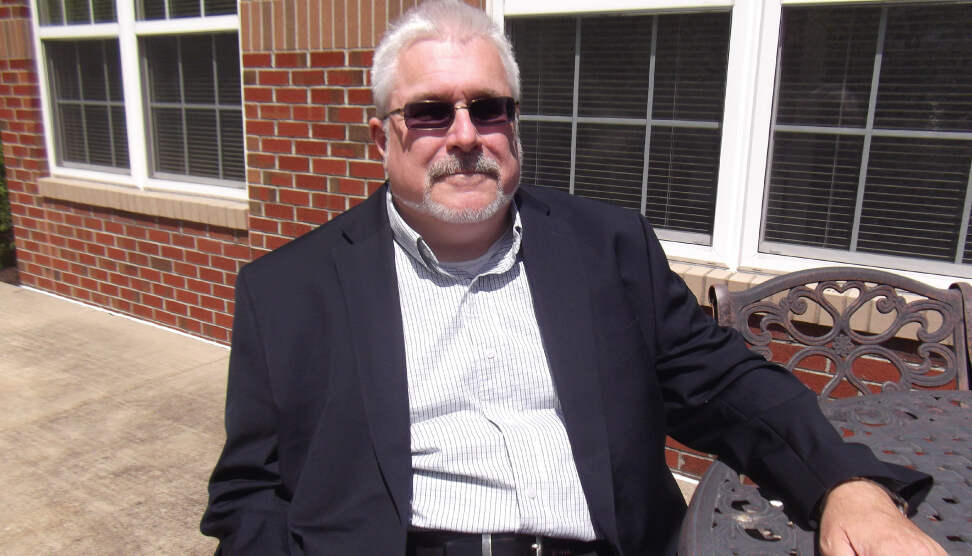There is an old saying: "I hear, and I forget. I see, and I remember. I do, and I understand."
Experiential learning has been shown to help students learn concepts much more effectively than simply reading about a subject. Coupling experience with reading then makes what we read more easily understood and meaningful, as many of us appreciate from our own learning experiences. After all, if you do something often enough, that "something" will eventually become second nature.
Most of the learning strategies being developed for today’s undergraduates in the STEM fields, which includes analytical science, are being geared toward a generation of students whose learning abilities are visually based, compared with the reading-based learning of baby boomers (such as I) and previous generations. The technology-oriented society in which we live is partly to thank for this. STEM undergrads today have greater opportunities than their predecessors to engage in experiential learning activities. From journal clubs to undergraduate research experiences, scientific seminars and the formation of scientific learning communities, opportunities abound.
All of these activities are associated with their own benefits for the students. Journal clubs, for instance, allow the students to develop skills for the critical appraisal of published research, while participation in research experiences allows students to gain exposure to scientific practice. What’s more, each of these program elements facilitates social interaction. The only issue is that money is needed to make these helpful undergraduate programs happen.

So, how do colleges and universities go about obtaining the money to fund all of this? They apply for funding, the source of which is public (governmental), private, or a mix of the two; colleges and universities have access to lists of potential funding sources for STEM projects that fall into all of these categories. Of course, these grants do come with stipulations on how the funding may be used, and those stipulations vary from donor to donor (whatever these stipulations may be, donors must make the grant applicant aware). A well-prepared grant application, based on a well-thought-out idea for a project to enhance undergraduate performance in a STEM discipline, can lead to the acquisition of funding and a successful program – and well-prepared future members of the STEM workforce.
Presentations from the Pittcon 2019 workshop on grant-funded STEM programs for undergraduates highlighted innovative project ideas that build the intellectual foundations of STEM undergrads and also explored the financial support needed to make these programs a reality. My campus’ S-STEM (Scholarships in STEM) grant from the US National Science Foundation not only made it possible for its principal investigators to examine the effectiveness of science learning communities on academic performance among STEM undergrads and their retention in their majors, but it also provided scholarship funds for the cohort of students who met the requirements of our NSF-funded grant program.
Thinking on this, I’m reminded of another well-known saying: "Experience is the best teacher." With this in mind, please consider the following: how will you and your institution contribute to building tomorrow’s STEM workforce?




